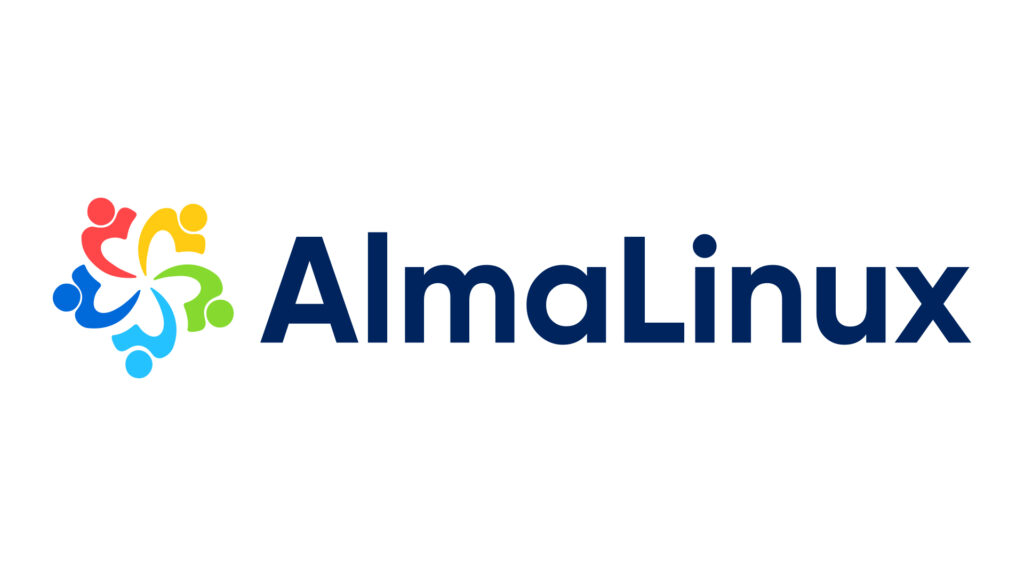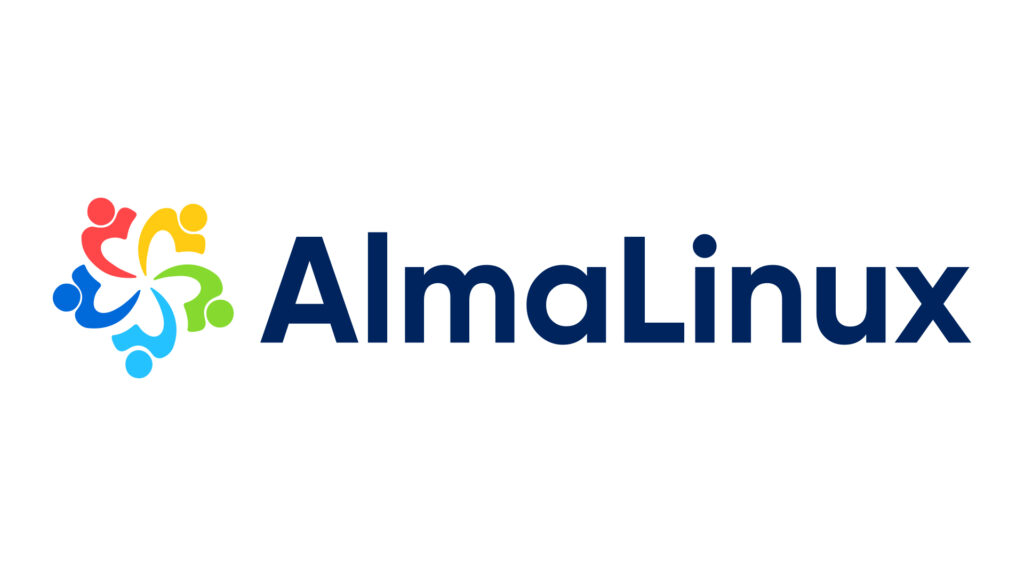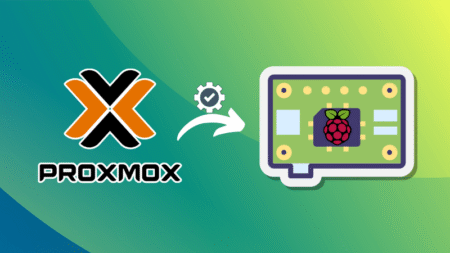
Dopo aver recensito e scritto una mini guida post-installazione per Rocky Linux 9, ho deciso di fare lo stesso con AlmaLinux 10, una delle prime derivate disponibili della nuova release di Red Hat Enterprise Linux 10.
Questa guida può essere utilizzata anche come base per le future versioni di altre derivate, come Rocky Linux 10, una volta che saranno rilasciate.
Con l’avvicinarsi della fine del supporto per Windows 10 che, sebbene ufficialmente prevista per il 2025, potrebbe ricevere aggiornamenti minori per componenti come Microsoft Defender ed Edge ancora per qualche anno, ho pensato di proporre una valida alternativa, solida e pensata per il lungo periodo. Aggiungo anche, per chi ne fosse interessato, che l’installazione da 0 di Windows 11 continua a funzionare anche su CPU meno recenti (nel mio caso, su una 6° generazione, senza alcun hack), ma è tempo di guardare oltre.
Installazione
Essendo una distribuzione pensata per ambienti professionali, AlmaLinux non offre un programma di installazione “guidato” nel senso più semplice del termine, ma piuttosto un’interfaccia più flessibile e potente.

Durante l’installazione ho scelto il profilo Workstation, saltando la configurazione dell’utente root e creando direttamente il mio utente personale con privilegi amministrativi.

Installiamo repository software aggiuntivi
sudo dnf config-manager --set-enabled crb
sudo dnf install -y epel-release
e i classici repository software RPM Fusion:
sudo dnf install --nogpgcheck <a href="https://mirrors.rpmfusion.org/free/el/rpmfusion-free-release-%24" target="_blank" rel="noopener">https://mirrors.rpmfusion.org/free/el/rpmfusion-free-release-$</a>(rpm -E %rhel).noarch.rpm -y
sudo dnf install --nogpgcheck https://mirrors.rpmfusion.org/nonfree/el/rpmfusion-nonfree-release-$(rpm -E %rhel).noarch.rpm -y
Installiamo i codec multimediali
sudo dnf swap ffmpeg-free ffmpeg --allowerasing<strong>sudo dnf update @multimedia --setopt="install_weak_deps=False" --exclude=PackageKit-gstreamer-plugin</strong>
Installiamo Flathub per accedere a software aggiuntivo
Flatpak dovrebbe essere già installato, ma nel caso non lo fosse:
sudo dnf install flatpak -y flatpak remote-add --if-not-exists flathub https://dl.flathub.org/repo/flathub.flatpakrepo
Una volta aggiunto Flathub, possiamo anche valutare di sostituire la versione ESR di Firefox (versione 128) preinstallata con la più recente (versione 139), tramite l’app Software.
Personalizziamo GNOME
Per personalizzare al meglio GNOME, vi rimando al post dedicato.
Conclusioni
Al termine di questa guida avremo tra le mani un desktop moderno, basato su GNOME 47, che con qualche piccolo ritocco può diventare anche molto funzionale.
Parliamo di un sistema pensato per durare: 10 anni di supporto senza necessità di abbonamenti o licenze, grande stabilità, applicazioni aggiornate grazie a Flatpak e una manutenzione minima. Il tutto privo di fastidi come la creazione obbligatoria di account online, pubblicità invasive o intelligenze artificiali onnipresenti.
Certo, il kernel Linux non è tra i più recenti: questo lo rende forse meno adatto a hardware di ultimissima generazione o a configurazioni soggette a frequenti aggiornamenti. Ma per un computer già in uso, potrebbe garantire un ciclo di vita pari (se non superiore) a quello della macchina stessa.
Non è la scelta ideale per il gaming o software molto specifici, ma per chi cerca un sistema stabile per navigare, guardare contenuti multimediali e lavorare con una buona suite da ufficio, AlmaLinux 10 potrebbe essere la soluzione perfetta.
Fonte: https://www.marcosbox.com/2025/05/30/almalinux-10-guida-post-installazione/
Source: Read More

